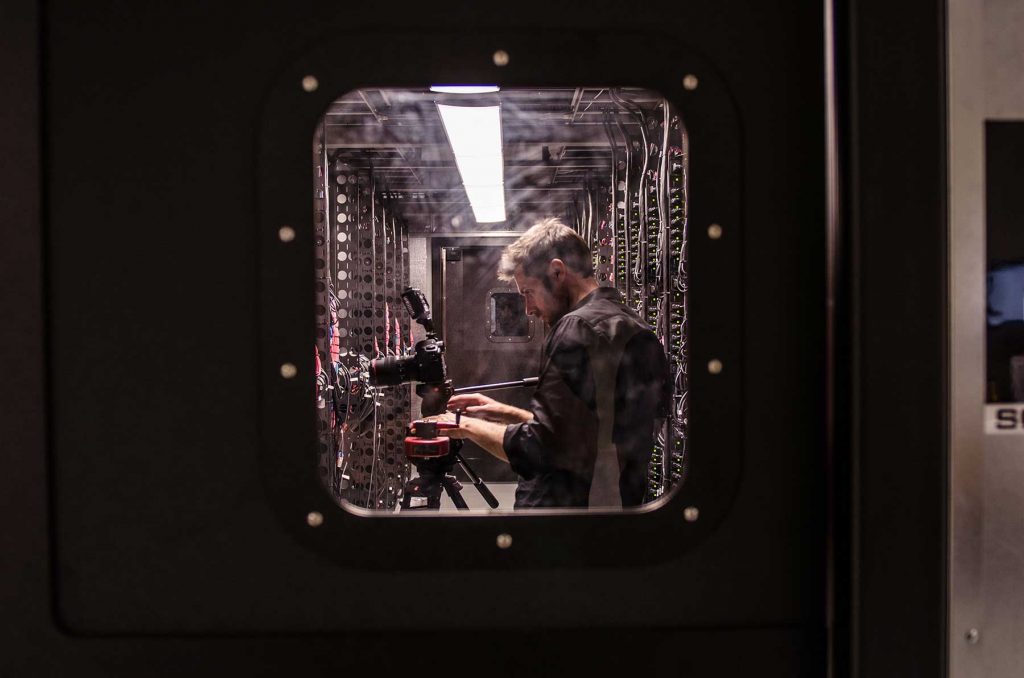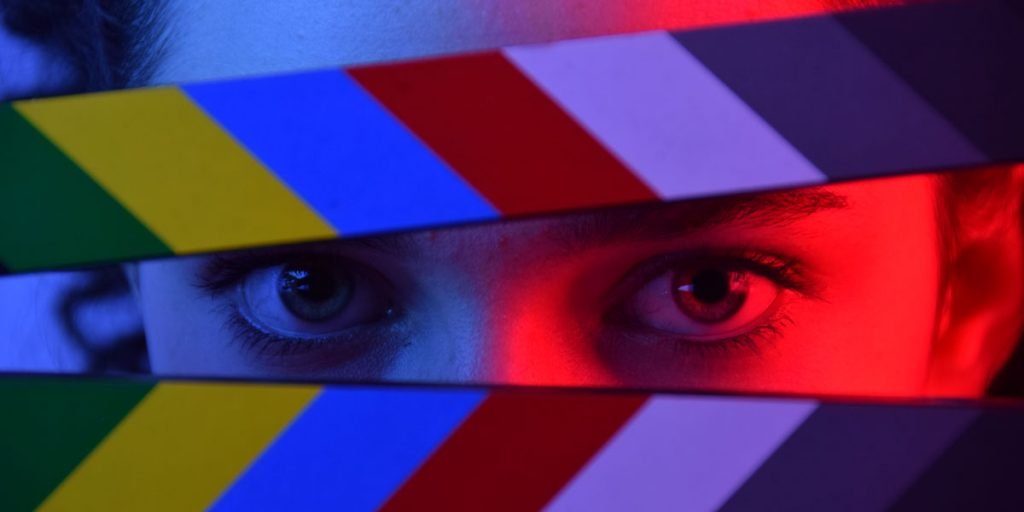What will filmmaking look like after the COVID crisis ends? Predictions on the future of film production including smaller budgets and more technology.
How will a pandemic transform cinema? In this three-part series, I’ll share speculations about what the future of the film industry might look like over the next few years after the COVID crisis ends. (Spoiler alert: there will still be a film industry, but it will look very different!) This first part covers prospective changes in film production, part two will look at potential trends that may emerge in new film releases, and part three will cover possible changes to film distribution.
FILMMAKING AFTER COVID: MICRO-BUDGETS, SKELETON CREWS, AND REMOTE DIRECTING
THE FUTURE OF FILMMAKING
The film industry has been struck very hard by the pandemic, with halted productions, movie theater closures, and cancelled festivals. Cinema will survive the pandemic and new films will continue to be made, but the industry will dramatically transform over the next few years. On the downside, it’s possible to see lots of production jobs disappear as film crews shrink to their bare essentials or be replaced by new technological innovations. On the upside, lots of directors and writers could be using their time in quarantine to work on new projects, so, by the time it is safe to film again, there could be lots of new films ready to be made. We may see fewer blockbuster features immediately after the pandemic, but there will certainly be lots of new content, as filmmakers always want to create and audiences will be eager to watch any new releases.
SMALLER BUDGETS

When the pandemic ends, there’s going to be lots of financial uncertainty for the film industry. Budgets will shrink on most if not all films over the next several years, even with larger-scale studio productions. With lower budgets, filmmakers will need to work under tighter production schedules with smaller crews and less resources. Working with tight schedules and constraints, it’s possible that some productions will end up as sloppy, rushed features made in hopes of staying under budget. Alternatively, some filmmakers may embrace the challenge of constraints and innovate under limited time and resources.
MORE TECHNOLOGY
Having to work with smaller crews and less resources, filmmakers will rely even more on technology to realize their cinematic visions. Expect greater reliance on CGI, not just for ambitious visual effects sequences, but also for replicating locations and crowds in place of traditional sets. And this isn’t just filming solely in front of a greenscreen and adding computer generated backdrops later. ILM has recently pioneered StageCraft, a virtual production system that generates real-time visual backdrops on a series of LED walls for filming. With the visual backgrounds already rendered and in place in front of the camera, cinematographers can light scenes with greater precision and realism.
Another recent development in digital effects is the release of Unreal Engine 5, a game engine platform capable of rendering hyperreal virtual environments and objects. While designed for gaming, Unreal Engine can be used to create backdrops for StageCraft, as seen on the new Star Wars series The Mandalorian. While this technology is still in its infancy, it has proven effective and efficient at realizing virtual environments, so expect Hollywood to begin adapting it on new productions as it becomes more and more advanced.
REMOTE DIRECTING

The idea sounds a bit far-fetched, but remote directing has emerged as a clever solution to filming in quarantine. While hoping to shoot an aerial dogfight for his upcoming film V2. Escape from Hell, director Timur Bekmambetov’s plans were halted by the pandemic. However, he and his crew quickly devised a new solution: direct remotely while the actor is filmed on a soundstage, using videogames as real-time visuals of aerial combat. Directing through digital means could allow for socially-distanced productions for the time being, and after quarantine ends, it could also be used for multiple-location shoots to keep crews smaller and save on transportation costs.
PRE-PRODUCTION AND POST-PRODUCTION
With little room for error while working with smaller budgets and tighter schedules, it’s likely to see much more time and effort given to the pre and post-production stages of new films. These two stages also adapt well to remote work, as writer’s rooms, editing suites, and script read-throughs can be replicated digitally. With more time in pre-production, film crews can anticipate production challenges and risks to ensure a tight, economical filming process and have a comprehensive plan ahead of time. Unfortunately, relying too much on initial planning could leave little room for improvisation and spontaneous changes that occur during filming, potentially stifling creative risks that emerge at inconvenient times.

